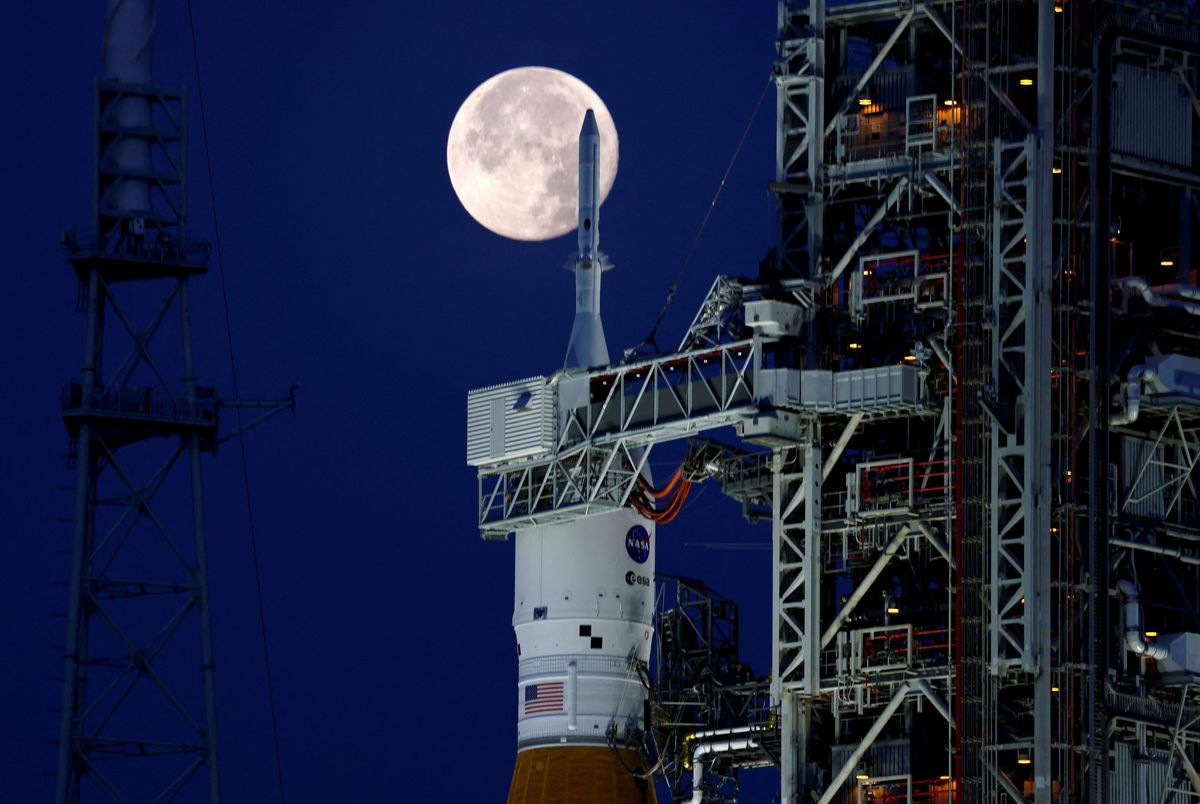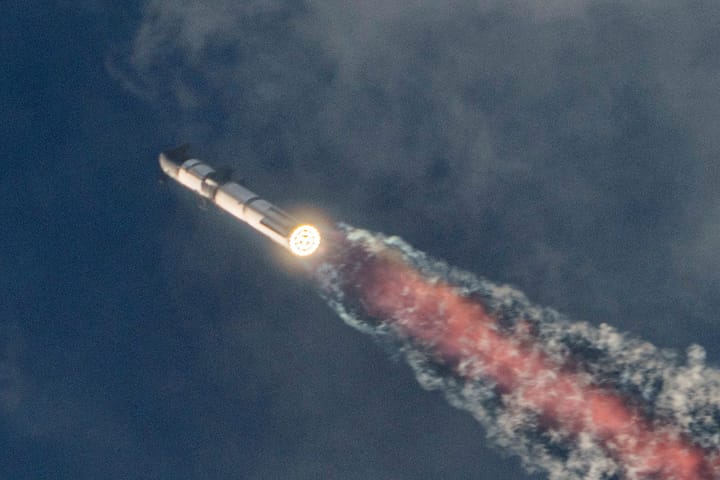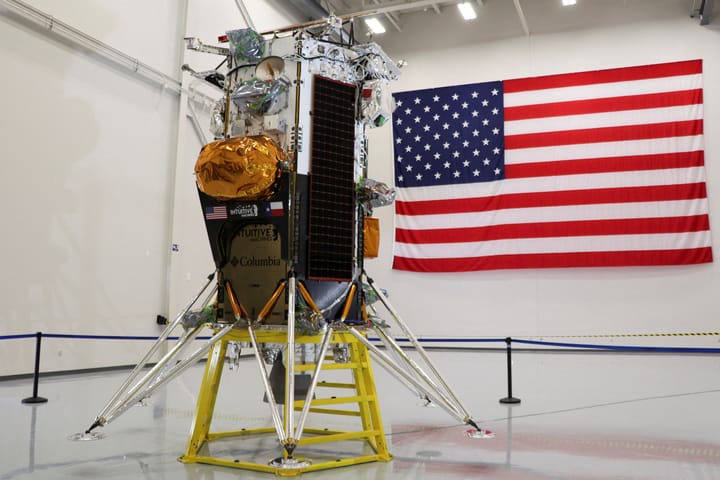NASA will launch a new era of rockets toward the moon

A few minutes every morning is all you need.
Stay up to date on the world's Headlines and Human Stories. It's fun, it's factual, it's fluff-free.
On Monday, NASA is launching its new space launch system (SLS) rocket on what is essentially a dress rehearsal for future trips to the moon and Mars. You can think of the SLS as a new-and-improved version of the Saturn V rocket that carried astronauts to the moon during the Apollo missions.
The SLS system can carry about 27 metric tons to the general vicinity of the moon, but that’s not why it’s so cool. See, this rocket has some customizability, and the idea is that with different configurations, NASA can use it for a few different things – some of the configurations might be better for taking humans to the moon or Mars, while others might be better for hauling cargo.
We first heard about the SLS system in 2010, so it’s been around for a while now. This mission isn’t going to have any human passengers, but it will have a few dummies (Commander Moonikin Campos, Helga and Zohar) to test different aspects of the flight like radiation. Also along for the ride will be a plush sheep named Sean to show once the capsule’s reached zero gravity. For this mission, it’s mostly a proof of concept: the rocket will blast off from Earth at about 17,000 miles per hour, make a loop around the moon and come back about 41 days later.
Key comments:
“We’re more like a fleet of rockets," said SLS chief engineer John Blevins at NASA. “SLS is a platform. Saturn V was a targeted mission," he said. “It’s a great pick-up truck. I’m glad we built it. And I’m ready to fly."
“It has so much more thrust than any other rocket that has been sent to space," said Paula do Vale Pereira, a Florida Institute of Technology aerospace engineering assistant professor. “There are many components in the SLS that were proved in the Shuttle missions," she explained. “That makes me confident that things will not explode."




Comments ()